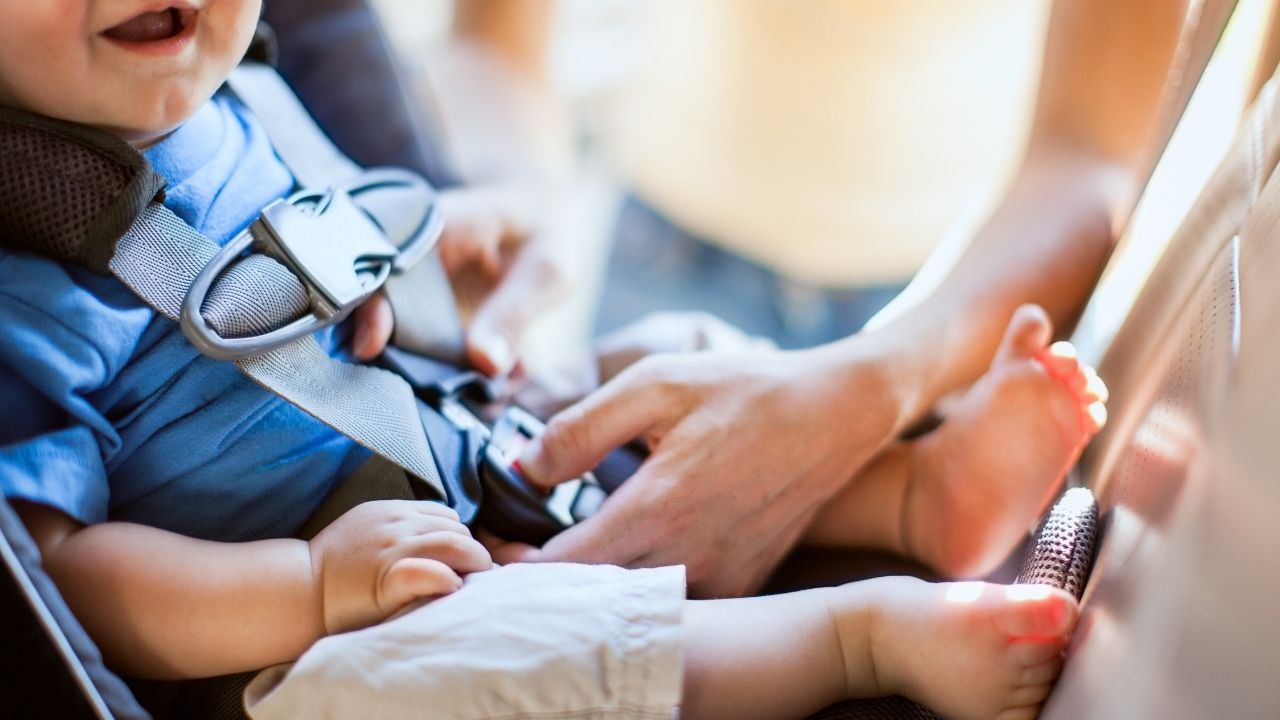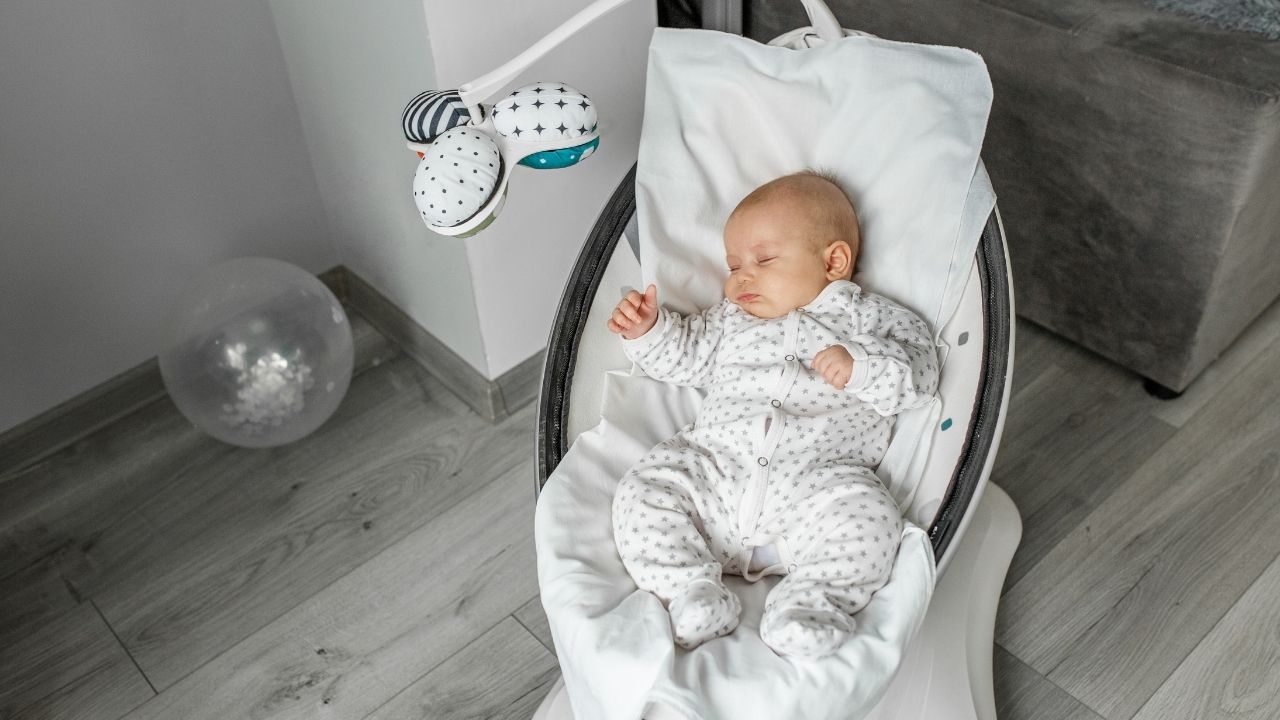As a parent, you know that your baby's delicate skin is like a precious flower that needs nurturing and care. Unfortunately, diaper rash can sometimes bloom on those tender petals, causing discomfort and distress for both you and your little one. But fear not! With the right knowledge and attention, you can prevent and treat diaper rash with love.
Think of yourself as a gardener tending to a beautiful rose bush. You wouldn't simply let it wilt away in the sun or overwater it until its roots suffocated. Instead, you would give it just the right amount of sunlight, water, and nutrients to help it thrive. Similarly, taking care of your baby's skin requires attentive care and proactive prevention measures to ensure they stay healthy and happy. So let's explore some ways to nurture your little one's tender skin by preventing and treating diaper rash with love.
Understanding Diaper Rash
Before diving into ways to soothe and heal your little one's irritated bottom, it's important to understand the different types of diaper rash and what causes them. Diaper rash is a common condition that affects babies' delicate skin in the diaper area. It typically appears as redness, swelling, and bumps on the buttocks, genitals, and thighs. The severity of the rash can range from mild irritation to painful blisters that ooze pus.
Causes of diaper rash include prolonged exposure to wet or soiled diapers, chafing from tight-fitting diapers or clothing, bacterial or yeast infections, allergic reactions to certain fabrics or products like wipes and detergents. Symptoms may also vary depending on the type of rash your baby has. As a parent or caregiver, it's essential to be aware of these risk factors and take steps to prevent diaper rash by changing diapers frequently, using gentle cleansing methods like warm water and mild soap-free cleansers, avoiding harsh chemicals in laundry detergents or fabric softeners. In addition, keeping your baby's skin dry between changes is crucial for preventing moisture buildup that can lead to irritation and infection. Remember: prevention is key when it comes to caring for your little one's tender skin!

Prevention is Key
Choosing the right diapers is crucial for preventing diaper rash. You want to choose a diaper that fits your baby well and is made of breathable materials. Changing diapers frequently is also important in keeping your baby's skin dry and healthy. Aim to change your baby's diaper every two hours, or as soon as it becomes soiled. Finally, using gentle products on your baby's delicate skin can help prevent irritation and rashes. Look for fragrance-free, hypoallergenic wipes and creams to use during diaper changes.
Choosing the Right Diapers
Picking the proper brand of diapers can make all the difference in keeping your baby comfortable and dry. As a parent, you have two main options: eco-friendly cloth or disposable diapers. While both have their pros and cons, ultimately it comes down to personal preference.
If you choose disposable diapers, consider these factors when selecting a brand:
- Absorbency level
- Softness of material
- Chemicals used
- Fit for your baby's body shape
On the other hand, if you opt for cloth diapers, keep in mind that they require more effort to clean but are better for the environment and can save money in the long run. Additionally, there are many different types of cloth diapers available on the market today that offer various levels of absorbency and convenience.

Regardless of which type of diaper you choose, always prioritize your baby's comfort by checking for proper fit and changing them frequently to prevent diaper rash.
Changing Diapers Frequently
To keep your little one comfortable, it's important to change their diaper frequently - this will help prevent any uncomfortable mishaps. Timing is key when it comes to changing your baby's diaper. Check for any signs that they need a new one - perhaps they're fussier than usual or their diaper feels heavy. As a general rule of thumb, aim to change your baby's diaper every two hours during the day and once at night.
When changing your baby's diaper, there are a few tips that can make the process smoother for both you and your little one. First, make sure you have all the supplies you need within arm's reach so you don't have to leave your baby unattended. Next, use wipes or a damp cloth with warm water to clean their bottom thoroughly before putting on a fresh diaper. Finally, be gentle yet firm when attaching the new diaper - ensuring it fits snugly without being too tight will help prevent leaks and discomfort. By following these simple steps, you can help protect your baby from developing diaper rash due to prolonged exposure to wetness or irritants.
Using Gentle Products
When it comes to keeping your baby's delicate skin comfortable, you'll want to opt for gentle products that won't cause any irritation or discomfort. Organic options and fragrance-free choices are great options for parents looking to use gentle products on their little ones. These types of products are free from harsh chemicals that can be harmful to your baby's sensitive skin.

It's important to remember that not all babies have the same skin type, so what works for one baby may not work for another. It's always best to do a patch test before using any new product on your baby's skin. When choosing a diaper cream, look for one that has zinc oxide as its active ingredient, which provides a barrier between your baby's skin and the wetness of the diaper. By using gentle products on your baby's delicate skin, you can help prevent and treat diaper rash with love and care.
Remembering to change your baby frequently is important when it comes to preventing diaper rash, but good hygiene habits also play an important role in keeping your little one comfortable and rash-free.
Hygiene Habits
Maintaining clean and fresh buns is key to keeping your little one's bottom happy and healthy. Proper cleaning and bathing techniques are essential in preventing diaper rash. When changing your baby's diaper, be sure to wipe from front to back with a gentle, fragrance-free wipe or cotton ball. Avoid using harsh soaps or wipes that contain alcohol or other irritants that can dry out the skin.
In addition to proper cleaning, establishing a consistent skin care routine can help prevent diaper rash. Choose clothing options that allow for good air flow and moisture control. It's also important to change your baby's diaper frequently, especially after bowel movements. And don't forget the importance of allowing your baby's skin time to breathe without a diaper on during designated "naked time." By incorporating these hygiene habits into your daily routine, you can help keep your little one comfortable and free from diaper rash.

Transitioning into the next section about natural remedies for diaper rash: While proper hygiene habits can go a long way in preventing diaper rash, sometimes it may still occur despite our best efforts. When this happens, there are natural remedies available that can soothe and heal your baby's tender skin.
Natural Remedies for Diaper Rash
You can soothe your baby's irritated bottom with natural remedies that will help them feel more comfortable. Herbal remedies such as calendula, chamomile, and aloe vera have been used for centuries to treat skin irritations. You can apply these herbs topically by making a tea and using it as a compress or by infusing the herb in oil and applying it directly to the affected area.
Essential oils are also useful in treating diaper rash. Lavender, tea tree, and roman chamomile essential oils have antibacterial properties that can help prevent infection while reducing inflammation. You should dilute essential oils before use, adding a few drops to carrier oil like coconut or olive oil before applying it to your baby's skin. Remember to always do a patch test first to make sure your baby isn't allergic to any ingredients you're using. Don't forget that natural remedies may take longer than over-the-counter products to work but are gentler on tender skin.
Over-the-Counter Products
You're a parent who wants to take care of your baby's sensitive skin, especially when it comes to diaper rash. That's where over-the-counter diaper rash creams come in. These products can help prevent and treat diaper rash, and many contain zinc oxide as a key ingredient known for its protective properties.

Diaper Rash Creams
If you're looking for a quick and effective solution to soothe your baby's discomfort, diaper rash creams are a great option. However, not all creams are created equal. It's important to be aware of the ingredients in the cream you choose, as some may actually exacerbate the problem instead of helping it. Ingredients such as fragrances, parabens, and propylene glycol can irritate your baby's skin further and make the rash worse. Instead, look for creams with natural soothing ingredients like chamomile or calendula.
If you prefer to take a more hands-on approach, there are also DIY options for making your own diaper rash cream at home. Coconut oil is a popular base ingredient due to its moisturizing properties and anti-inflammatory benefits. You can also add in other natural ingredients such as shea butter or beeswax to create a thicker consistency that will provide longer-lasting protection for your baby's delicate skin. Now that you know what to look out for when choosing diaper rash creams or even how to make one from scratch if need be, let's explore one of the most popular active ingredients found in many commercial creams: zinc oxide.
Zinc Oxide
When it comes to choosing a diaper rash cream, understanding the benefits and potential drawbacks of zinc oxide is crucial. Zinc oxide is a common ingredient in diaper rash creams because of its ability to form a barrier on the skin, protecting it from moisture and irritants. However, there are some risks associated with using zinc oxide, such as allergic reactions or toxicity if ingested.
If you're concerned about using zinc oxide-based products on your baby's tender skin, there are alternative remedies for diaper rash that you can try. Some natural options include coconut oil, which has antibacterial properties; oatmeal baths to soothe irritated skin; and probiotics to promote healthy gut flora. It's important to note that every baby's skin is different and what works for one may not work for another, so be patient when trying new remedies.

When to See a Doctor
It's important to keep an eye on your baby's diaper area and seek medical attention if the rash doesn't improve or gets worse. While most diaper rashes can be treated with over-the-counter creams and ointments, there are certain signs of severity that require a doctor's intervention. If you notice pus-filled blisters, fever, or spreading redness beyond the diaper area, it could indicate a bacterial or fungal infection that needs immediate attention.
Ignoring these symptoms can lead to potential complications such as cellulitis (a skin infection that spreads rapidly), impetigo (a highly contagious skin infection), or even sepsis (a life-threatening condition where bacteria enters the bloodstream). Therefore, don't hesitate to contact your pediatrician if you have any concerns about your baby's diaper rash. Remember, early detection and treatment can prevent serious health issues in the future.
Frequently Asked Questions
Can diaper rash be caused by the type of diaper used?
Using eco-friendly diapers is a lot like planting a tree. Just as a single tree can make a significant impact on the environment, using cloth diapers can go a long way in preventing diaper rash caused by harsh chemicals found in disposable ones. While both types of diapers have their pros and cons, it's important to consider the potential risks associated with disposable options. Eco-friendly diapers made from sustainable materials are not only better for the environment but also gentler on your baby's delicate skin. Making the switch to cloth may take some effort, but it's worth it when you see your little one's happy and rash-free bottom.
Is it necessary to use baby wipes every time a diaper is changed?
If you're looking for ways to reduce your use of baby wipes, there are alternative cleaning methods that can help keep your baby's bottom clean and healthy. One option is using a soft cloth or cotton ball with warm water to wipe away any messes. You could also try using a diaper sprayer to rinse off any excess waste before wiping. If you do choose to use wipes, make sure they are gentle and fragrance-free to avoid irritating your baby's skin. Remember, reducing wipe usage doesn't mean sacrificing cleanliness - it just means finding the best method for you and your little one.

Can certain fabrics or detergents irritate a baby's skin and contribute to diaper rash?
You may not realize it, but certain fabrics and detergents can irritate your baby's skin and contribute to diaper rash. Fabric irritation occurs when the material of the diaper rubs against your baby's delicate skin, causing friction that can lead to redness and discomfort. Detergent sensitivity is another common culprit that can cause rashes or allergic reactions in babies. That's why it's important to choose gentle fabrics and hypoallergenic detergents when caring for your little one's tender skin. By being attentive to these details, you can help prevent diaper rash and keep your baby comfortable and happy.
Are there any foods or drinks that can worsen diaper rash?
Certain foods and drinks can worsen diaper rash, so it's important to be mindful of what you're consuming if your baby is experiencing this discomfort. Food irritants like acidic fruits, spicy foods, and tomato-based products can all contribute to making diaper rash worse. Additionally, dehydration can also exacerbate the issue. Be sure to stay hydrated and encourage your little one to drink plenty of fluids as well. Remember, taking care of your baby's delicate skin requires attention not just to what goes on it but also what goes into their body.
Can diaper rash be a sign of a more serious underlying medical condition?
If your baby is experiencing persistent diaper rash, it could be a sign of an underlying medical condition. While most cases of diaper rash can be treated with home remedies and over-the-counter creams, some cases require medical intervention. It's important to pay attention to any additional symptoms your baby may have and to identify triggers that may be causing the rash. Don't hesitate to seek advice from your pediatrician if you suspect there may be an underlying issue causing the diaper rash. Remember, taking care of your baby's health is the ultimate act of love and service.
Conclusion
Now that you know how to prevent and treat diaper rash, remember that it's a common condition that happens to many babies. Don't be too hard on yourself if your little one gets it despite your best efforts. The important thing is to keep an eye on their skin and take action quickly when needed.

If you notice any signs of severe diaper rash or suspect a yeast infection, don't hesitate to call your pediatrician for advice. They can help you figure out the best course of action and provide additional treatment options if necessary. Remember, taking care of your baby's tender skin with love and attention is key to keeping them happy and healthy.
.png)





